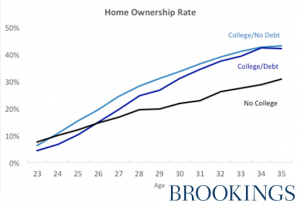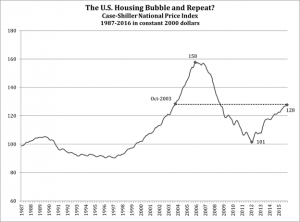From HousingWire:
Senate to consider wide-ranging bill to address zombie foreclosure “crisis”
Mortgage lenders and servicers could soon have a whole new set of responsibilities for maintaining foreclosed homes, as Sen. Bob Menendez, D-NJ, introduced a new bill on Friday that would address what his office calls the “zombie foreclosure crisis.”
Zombie foreclosures are homes that are vacant or abandoned during the foreclosure process, and in the last several years, several states have undertaken efforts to stem the rising tide of abandoned homes.
In many cases, the town or city in which the property is located is left on the hook for maintaining the abandoned property due to the property being left in “legal limbo,” Menendez’s office said.
Late last year, Menendez and his fellow New Jersey senator, Cory Booker, D-NJ, sent a letter to the heads of the Department of Housing and Urban Development, the Federal Reserve Board, the Consumer Financial Protection Bureau, the Federal Housing Finance Agency and others, telling the agencies that the prevalence of zombie foreclosures in the state is seriously impacting the state’s residents and its economy.
According to Menendez’s office, New Jersey had the highest foreclosure rate in the nation in 2015 with over 35,000 foreclosure filings. Menendez also noted a recent report from RealtyTrac, which showed that he state has the most vacant zombie foreclosures in the nation with 4,003.
“Zombie foreclosures threaten our communities and scare away new homebuyers and investors, which leads to neighborhood blight and plummeting values of surrounding properties,” Menendez said Friday.
“We need to do all we can to keep families in their homes and ensure mortgage lenders are invested in the communities they serve,” Menendez added. “This legislation stands up for New Jersey’s struggling homeowners, and prevents the banks from turning their backs on borrowers, on their neighbors, and on the community at large.”
…
Menendez announced the bill in East Orange, New Jersey, surrounded by housing advocates and local officials, all of whom pledged their support for Menendez’s bill.“Our neighbors and neighborhoods are still trying to recover from the foreclosure crisis and the outbreak of zombie foreclosures that have menaced our communities,” said Staci Berger, president and chief executive officer of the Housing and Community Development Network of New Jersey.


